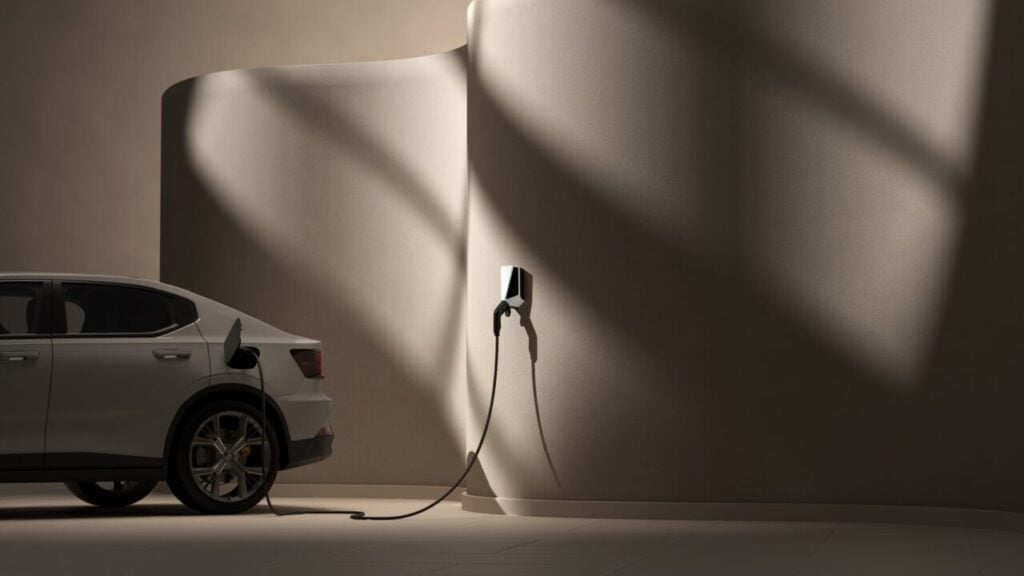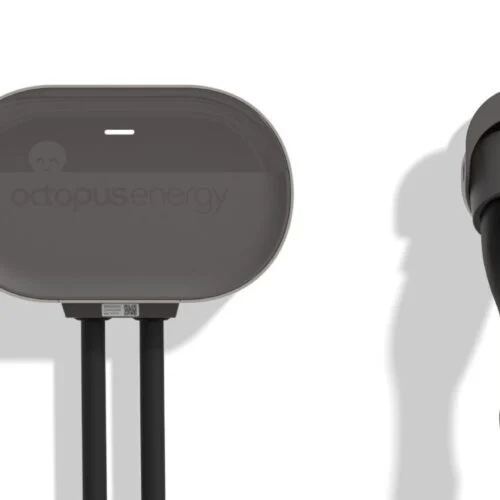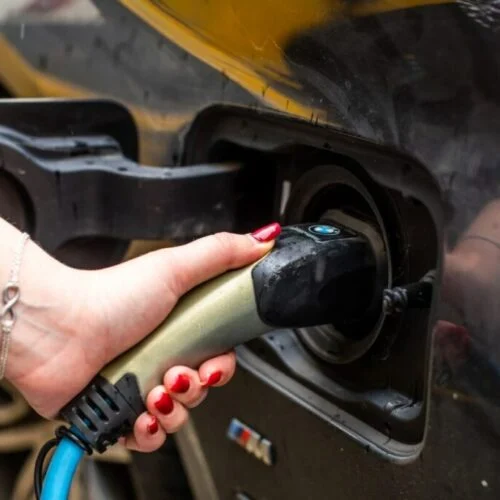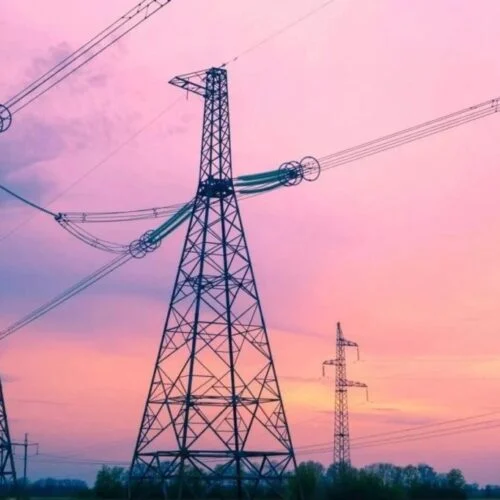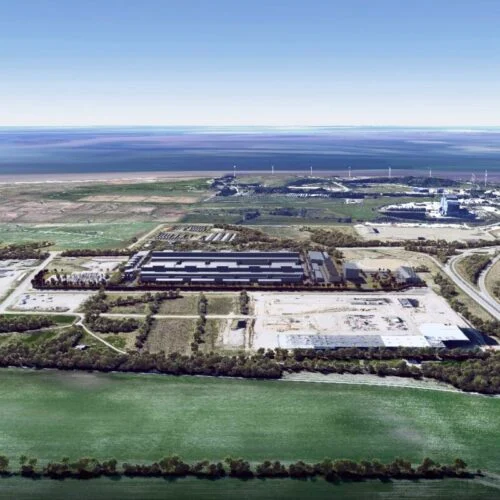Norway-headquartered smart EV charging company Easee has today announced plans to leverage its network of 4G-connected chargers for grid balancing.
Easee’s network of over 850,000 connected chargers across Europe will provide grid balancing services on a national and regional level, the company said.
The electrification of transport and increasing variable renewable energy generation means the grid is under unprecedented strain as it struggles to meet modern demand. Easee hopes to support it by offering load balancing, demand response and dynamic charging through its EV charging network.
Its smart chargers can shift energy usage to times of lower demand and prioritise renewable energy integration, with the aim of being a responsive tool for energy providers and grid operators.
According to Easee CEO Anthony Fernandez, EV charging “can either overwhelm the grid or stabilise it”. He said that Easee’s long-term ambition is to expand its role within the energy ecosystem, “turning every charger into a flexible, intelligent grid asset”.
Easee is setting out to collaborate with governments, utilities and infrastructure providers to strengthen energy resilience and said it is actively seeking partnerships.
Vehicle-to-Grid capability on the rise
The integration of smart technologies with EV charging is enabling a shift in how EVs function in the energy system, no longer just vehicles that need fuelling but as mobile energy solutions.
Easee’s technology also “lays the groundwork” for Vehicle-to-Grid (V2G) readiness. V2G will see EVs discharge power from their batteries back onto the grid during peak hours. The technology has not yet been used on a large scale, but last year Octopus Energy launched the “first” mass-market V2G tariff.
Octopus also offers a similar grid balancing service through its Kraken platform, automatically shifting customers’ EV charging to cheaper times (typically overnight), and in May last year, it had reached a cumulative 1GW of EV batteries being managed.
US company Nuvve, which specialises in bidirectional charging technologies, last week acquired its North American rival, Fermata Energy. The acquisition was completed via its newly formed subsidiary, Fermata Energy II, which will focus on scaling intelligent, bidirectional energy solutions.
Nuvve stated that the acquisition will allow the company to leverage accelerating regulatory support, including the Inflation Reduction Act (IRA) and state-level grid modernisation incentives, thus broadening the total addressable market for V2G applications.
